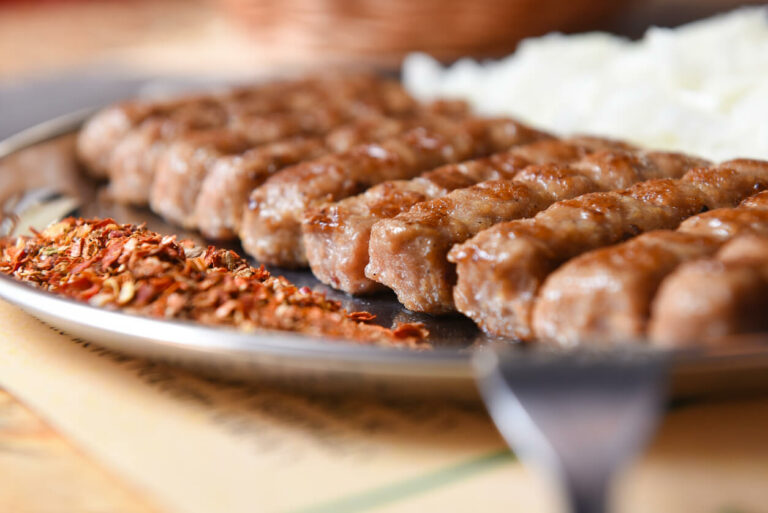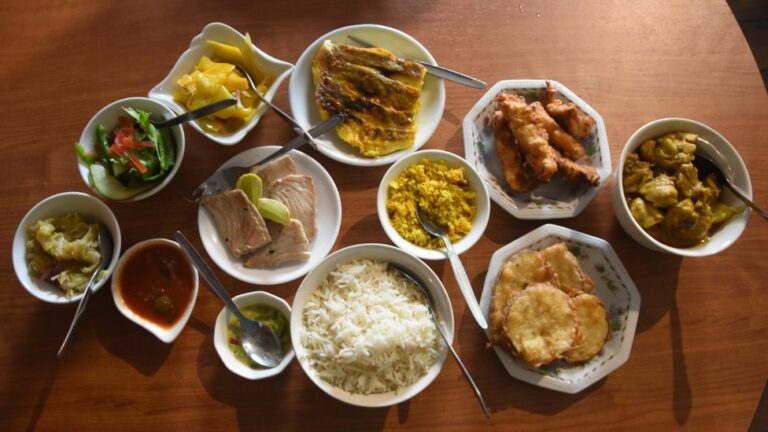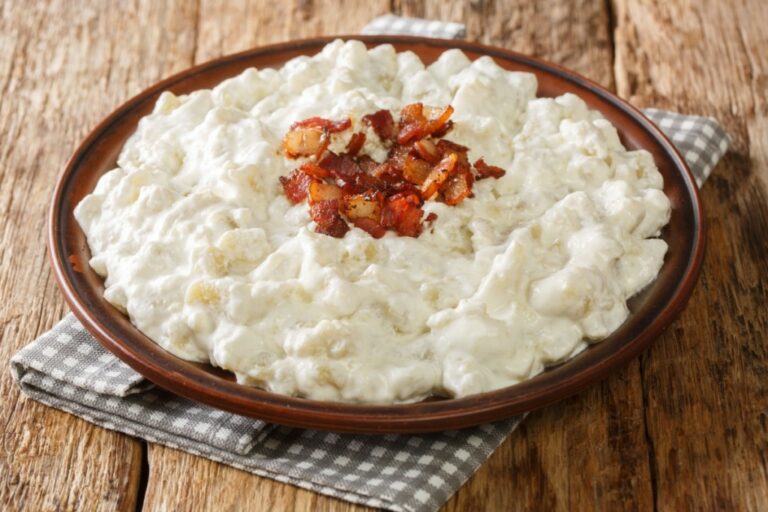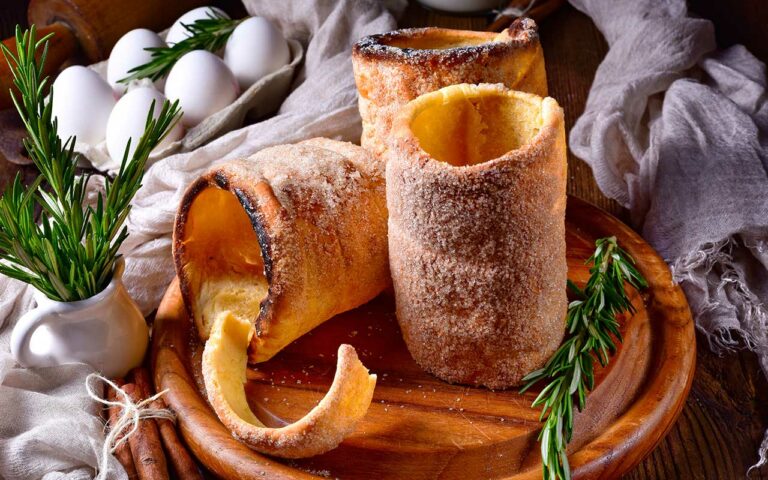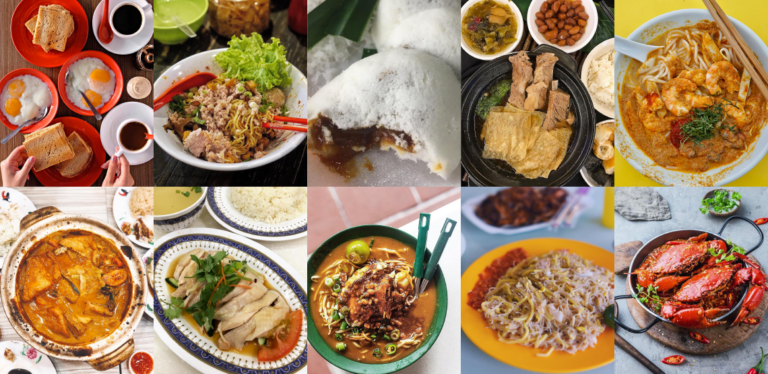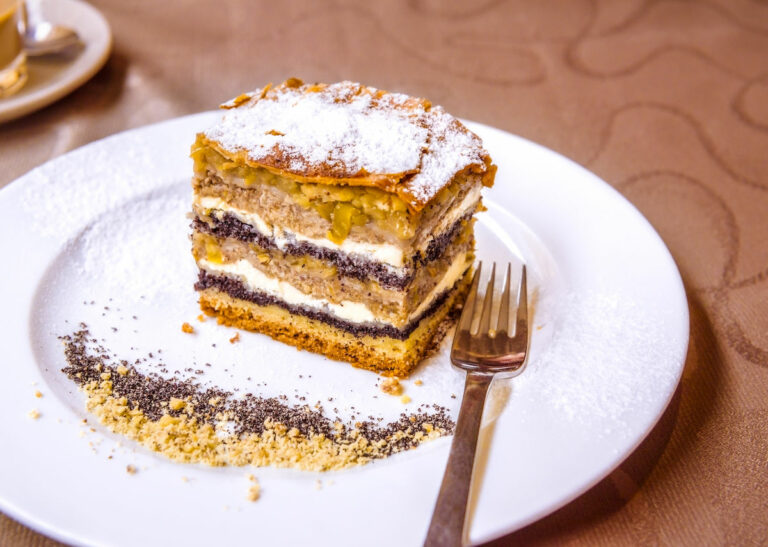Introduction: The Importance of Breakfast in Serbian Culture
Breakfast is considered the most important meal of the day in Serbian culture. It is a time for families to gather and start their day with nourishing food and conversation. In Serbia, breakfast is typically a hearty meal, with enough food to sustain individuals until lunchtime.
Serbians believe that breakfast is the foundation of a good day, and therefore, it should be nutritious and filling. Locals take their time to enjoy their morning meal, and it is not uncommon for businesses to have a later start time to accommodate this tradition.
Traditional Serbian Breakfast: Bread, Cheese, and Ajvar
The traditional Serbian breakfast consists of bread, cheese, and ajvar. Ajvar is a spread made from roasted red peppers, garlic, and eggplant. It is a staple in the Serbian diet and used in various dishes. The bread is usually homemade and comes in various shapes and sizes. The cheese is a type of white cheese, similar to feta, but with a milder taste.
This simple meal is both filling and nutritious, providing carbohydrates, protein, and vitamins. Some might also add cured meats, such as prosciutto or sausage, to their breakfast plate. It is an excellent option for those who prefer a savory breakfast.
Modern Serbian Breakfast: Croissants, Cereals, and Eggs
The modern Serbian breakfast has been influenced by international cuisine and has diversified. Some breakfast places offer croissants, pastries, and sandwiches. Cereals, yogurt, and fruit are also frequent choices. Eggs are often served scrambled or fried, and bacon is an occasional addition.
The modern breakfast caters to a broader audience, including people with a sweet tooth. It is a quicker and lighter option, ideal for those who are in a hurry. However, it is still possible to find traditional breakfast options in cafes and restaurants throughout Serbia.
Regional Variations: What to Expect in Different Cities
Serbia is a diverse country, and each region has its unique breakfast specialties. In Northern Serbia, cornbread and bacon are popular breakfast items, while in the South, it is common to have pies filled with cheese or spinach. In the East, a traditional breakfast option is a type of pancake called “gibanica,” made with cheese, eggs, and phyllo dough.
Each region has its unique take on breakfast, and it is worth exploring different cities to try out their specialties.
Vegetarian and Vegan Breakfast Options in Serbia
Vegetarian and vegan breakfast options are increasingly becoming available in Serbia. Vegan cafes and restaurants offer plant-based milk options, smoothie bowls, and tofu scrambles. Traditional breakfast options, such as bread, cheese, and ajvar, are also suitable for vegetarians.
It is essential to note that veganism is not a prevalent concept in Serbia, and therefore, it might be challenging to find vegan options in smaller towns or traditional restaurants.
Conclusion: Why You Should Try Serbian Breakfast During Your Visit
Serbian breakfast is a unique cultural experience that provides insight into the country’s traditions and cuisine. Whether you opt for a traditional or modern breakfast, there is an array of options to choose from. It is worth exploring regional variations and trying out different dishes.
Breakfast in Serbia is taken seriously, and locals believe it is the foundation of a good day. Therefore, it is worth taking the time to indulge in this morning ritual during your visit to Serbia.

